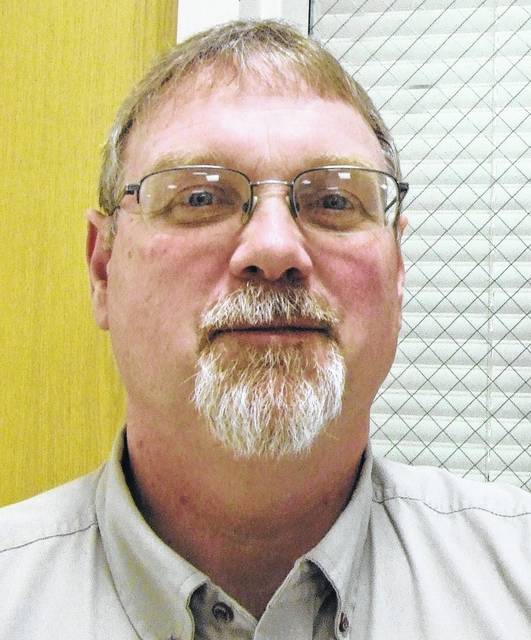
Mark your calendars for Sept. 18-20, and be sure to join us at the Molly Caren Agricultural Center near London, Ohio for the Farm Science Review.
• The annual event is sponsored by the College of Food, Agricultural, and Environmental Sciences. Some of the highlights will include:
•Talks on diseases that transmit from animals to people and vice versa; hops and barley production; genetically modified organisms and gene editing; climate change and its impact on agriculture; and the use of antibiotics in animals and their potential impact on humans.
• Field demonstrations and precision crop management equipment including the “smart” planter and equipment that can incorporate fertilizer beneath the surface to reduce the chance of runoff.
• The latest in equipment, supplies and information from over 600 exhibitors.
A couple of my favorite parts of the Farm Science Review are the Small Farm Center and the Gwynne Conservation Center. Both of these locations have some great presentations to offer participants at this year’s review.
Below are some highlighted topics that will be featured at each location.
Small Farm Center topics:
• Cover Crops — The Basics for New Growers, Commercial Hops and Barley Production in Ohio; Health and Disease Prevention on Cow/Calf Operations; Getting Into Beekeeping; Is Your Soil Alive?; Small Farm Shepherd: Where Do You Start?; Diversification: Is It Something You Should Consider?; Six Profitable Cut Flowers for Small Scale Growers; Growing Blueberries, Blackberries, and Raspberries in Containers; Raising Dairy Goats — The Basics; Raising Goats as an Enterprise; Food Safety Basics for Small Farms; FSMA, GAPs, and Third-Party Audits: What’s the Difference; and What Does My Farm Need?; When Tragedy Strikes on the Farm — Are You Prepared?
• Gwynne Conservation Area topics — The Role of Prairie Grasses for Livestock and Quail; Mushrooms: What Are They and How to Identify; Chainsaw Maintenance, Sharpening, and Safety Demo; If a Tree Could Talk: What Can a Fungus Tell Us About Our Woods?; Grazing Cover Crops, Trees and Taxes; Maple Syrup Production for the Beginner; Versatility of Warm-Season Annual Grasses; The Ever-Flipped Pond: Better Water Quality through Aeration; Ponds and Law: What You Need to Know; Converting Your Yard into an Edible Landscape; and The Basics of Tree ID, Pollinator Habitat.
There are more sessions available at each of these locations and several other areas of the review we will highlight in future columns. For now, check out the schedules at the Small Farm Center and the Gwynne as well as other activities at the review by going to fsr.osu.edu.
Cover crops
Are cover crops in your future?
According to Alan Sundermeier, Wood County Extension Educator and CCA, says now is an excellent time to improve your soil by planting cover crops. Leaving soil bare exposes it to erosion and nutrient loss. Get it covered and protected.
There are many cover crop seed choices when planting after small grain harvest. You can get complex with various mixtures or keep it simple. Sundermeier suggests an easy to manage, simple cover crop mix that does well this time of year in wheat stubble is oats (1 bu/acre), crimson clover (12 lb/acre), and radish or rape (2 lb/acre).
Mixtures provide a variety of benefits that outperform single species plantings.
When using legumes, be sure to inoculate seed with rhizobia for maximum nitrogen gain. Also be careful about hosting soybean cyst nematode if planting to soybeans next year.
This NRCS cover crop chart can be used to make comparisons when selecting species. Combining warm and cool season, grass, brassica, and legume species will provide the greatest diversity for soil health. https://www.ars.usda.gov/plains-area/mandan-nd/ngprl/docs/cover-crop-chart/ .
Sundermeier suggest you have a plan in place for cover crop termination if not winter killed. Spring growth can be managed to maximize nutrient cycling and soil protection before grain crop planting.
Finally, he suggests checking with your crop insurance agent to make sure you comply with termination requirements.
Tony Nye is the state coordinator for the Ohio State University Extension Small Farm Program and has been an OSU Extension Educator for agriculture and natural resources for 30 years, currently serving Clinton County and the Miami Valley EERA.


